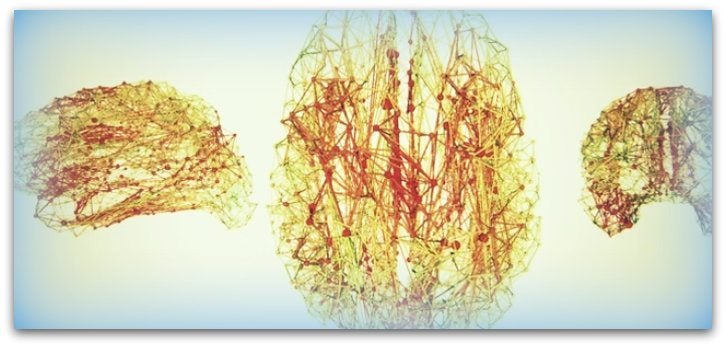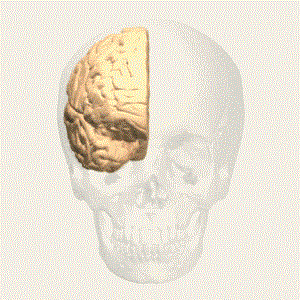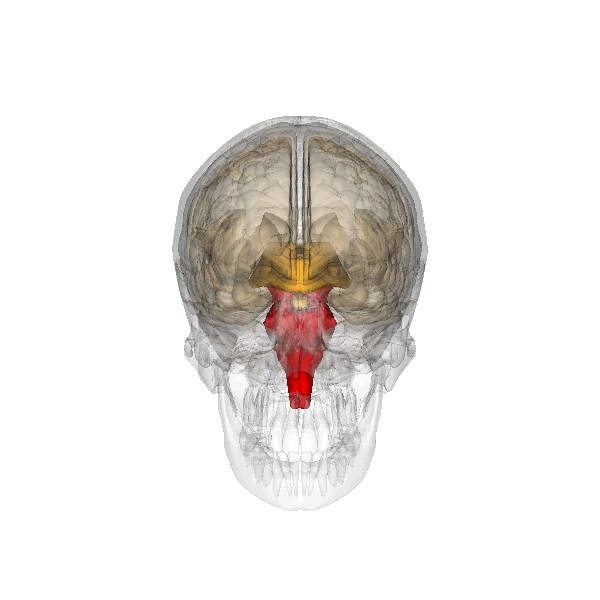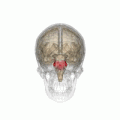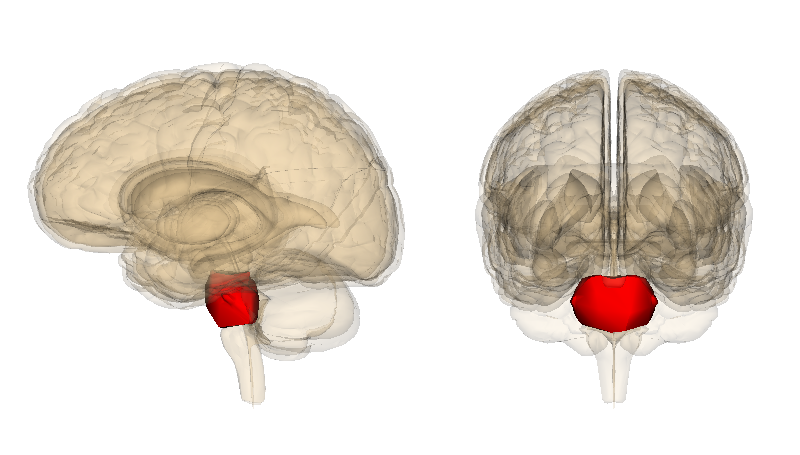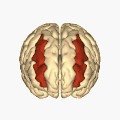Impact of brain injury per brain area
Where is the injury? Explained per brain area
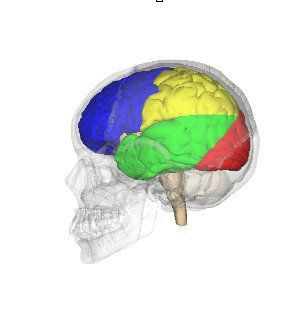
Learn more about particular damage in these areas:
The blue area is the Frontal lobe
The yellow area is the Parietal lobe






Furthermore, on the page on basal ganglia, the following subpages:
Brain structure
CORTEX (cortical) and SUBCORTEX (subcortical)
The outside of the brain is the cerebral cortex or cortex cerebri.
The brain areas that lie underneath are called the subcortical brain areas.

CORTEX
The terms 'cortex cerebri' and 'cortical' refer to important parts and functions of the brain. The cortex cerebri is the outermost layer of the cerebrum and plays a crucial role in higher cognitive functions such as thinking, consciousness, perception, language and memory.
This structure is made up of gray matter, which consists of billions of nerve cells, and is essential in processing complex information. The word "cortical" is an adjective that describes something related to the cerebral cortex. Read more about gray matter and white matter via this link.

SUBCORTEX
The subcortex is an essential part of our brain that is located under the cerebral cortex.
It plays a crucial role in fundamental functions such as emotions, memories, motivation and automatic body processes. This part of the brain contains brain structures such as the thalamus, as a relay for much information, the amygdala, the hippocampus and the basal ganglia, which work together to control behavior, movement and feelings. See image below.
The subcortex often works unconsciously, helping us carry out daily routines without having to actively think about it.

Photo series with explanation
For the photo series below, click on the arrow to the right to see the next photo.
|
Consequences per brain region Scientists are discovering more and more about the complex relationships between cognitive functions and the structures of the brain itself; these numerous interconnections need to be understood so that the brains can work as a whole.
This picture shows an image of a thought, you can clearly see that al brain area's are used. It looks like a big 'road map', with busy junctions and highways that intersect and areas that are closely linked to each other by 80-100 million neurons. Each neuron has 1,000 to 10,000 connections ....
(road map of nerves) The brain (cerebrum) resembles a large walnut with grooves and turns. The brain consists of two hemispheres. Generally speaking, the left hemisphere is involved in abilities like verbal language, and the right hemisphere more in nonverbal capibilities or functions. The left brain controls the right side of the body and vice versa. DAMAGE in the left hemisphere Possible symptoms may include:
Generally speaking, possible symptoms could include:
no attention to the crippled side of the body
DAMAGE in the brainstem (truncus cerebri)
DAMAGE IN THE HINDBRAINS (cerebellum , 'little brain')
DAMAGE IN PONS DAMAGE IN FRONTAL LOBE
poor movement
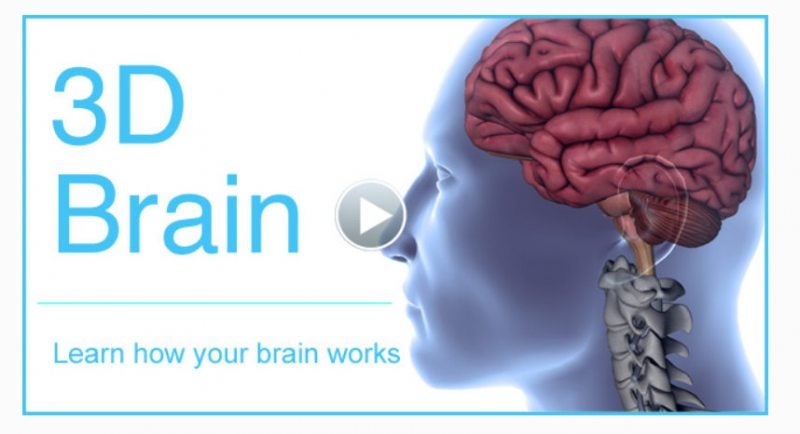 |
















